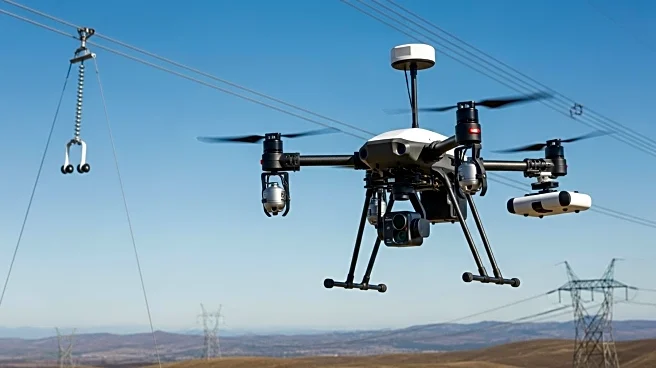What's Happening?
The telecom industry is increasingly relying on AI-driven services at the edge to enhance network reliability and performance. This shift requires deploying high-performance computing in unconventional locations like cell towers and remote sites. However, these environments pose challenges in terms of thermal and power efficiency. Traditional cooling systems are inadequate, prompting interest in closed-loop liquid cooling and dielectric fluid-based immersion systems. These solutions offer efficient heat management without relying on ambient airflow or large volumes of water, making them suitable for rugged locations.
Why It's Important?
The deployment of AI at the edge is crucial for telecom operators to maintain network performance and security. As edge computing becomes more prevalent, managing heat and energy use is vital to prevent infrastructure overload. Efficient cooling solutions are necessary to support the growing compute demands without relying on traditional data centers. This shift has implications for sustainability, as operators seek to minimize water use and energy waste. The ability to deploy AI in remote locations expands the reach of telecom services, enhancing connectivity and service delivery.
What's Next?
Telecom operators will need to strategically implement cooling solutions that balance performance, efficiency, and durability. As AI applications continue to grow, edge infrastructure must be scalable to accommodate increased compute and heat without constant redesigns. The industry will likely see more investment in innovative cooling technologies and containerized systems to support edge deployments. Operators must also consider sustainability goals, ensuring that new solutions align with environmental standards while maintaining high compute density.











